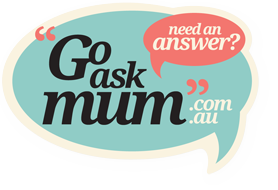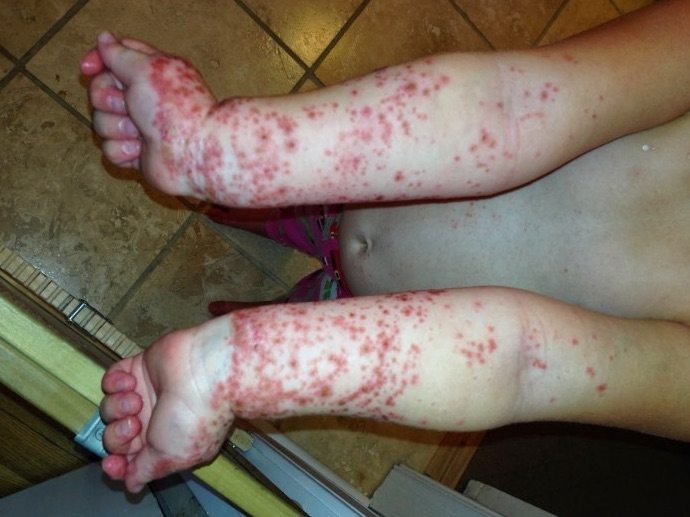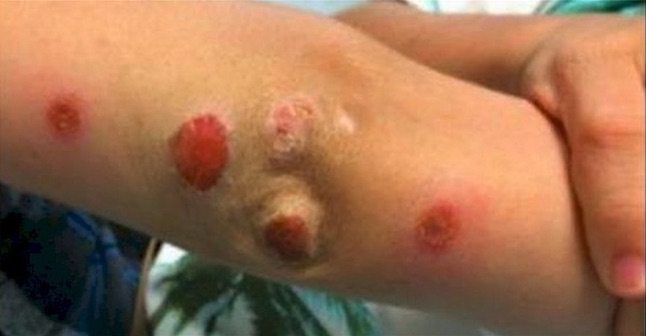The Risks of Jumping Castles at Parties
Before you go and inflate that jumping castle for your child’s Birthday party, you might want to look at the risks of jumping castles at parties.
A little over six months ago, Brenda Sanderson’s 10-year-old son attended a graduation party where an inflatable jumping castle had been inflated to entertain the little kids. A couple of days after the party, Mrs Sanderson noticed her son came out with angry red spots which broke out into sores all over his body. Her son admitted, ‘well mommy I think it’s from sliding around bouncing around the bouncy house. I think I just got burned from the plastic.’
Sanderson put some ointment on the sores. But the sores got worse and when one opened up to a wound and began to ooze pus, she knew something wasn’t right. When the doctor examined the sores, she was told her son had contracted severe staph infection. The infection was contracted from playing in the contaminated bouncing castle.
The doctor explained to Sanderson, “It is like a wrestling mat. Staph infections come from a gym or something that’s not being washed or cleansed properly will start to create a bacteria.”
Dr Christine Selvey from NSW Health explained to Kidspot, “Staphylococcus aureus (commonly known as staph) are common bacteria. Staph are usually harmless and many healthy people carry these bacteria on their skin or in their nose. However, sometimes they can cause infection and serious illness. Some strains of staph are resistant to the antibiotic called methicillin, and to other antibiotics. These staph are known as methicillin resistant Staphylococcus aureus (MRSA) or “golden staph”.
“MRSA infections occur frequently among people in hospitals and other healthcare facilities. However, some MRSA strains spread readily between people in the community, and these are known as community acquired MRSA (CaMRSA) infections. CaMRSA strains are often quite different to MRSA strains associated with hospitals and may cause infections in people who are otherwise healthy.
“Staphylococcal bacteria are usually spread from person to person through close contact with another person who has the bacteria in their nose or skin, or has a staphylococcal skin infection. The bacteria enter the skin through a small break or minor abrasion to cause infection. Staph may also spread by having contact with items contaminated by a person with the bacteria, such as towels or wound dressings, or from touching contaminated surfaces. It is not spread through the air.”
Despite this infection happening in the US, the same pre-cautionary warnings need to be shared within Australia.
After doing a bit of research on many of the popular jumping castle companies available for hire, their terms and conditions state their jumping castles are cleaned after each and every use. Some companies charge more if their structure requires more cleaning (ie, kid’s thrown up on the castle).
What can be more of a concern is the cleanliness of home owned jumping castles which can be bought for a couple of hundred dollars from your local department store. More and more parents are buying jumping castles to have at home and the risks of infection and safety are worse as parents don’t think about the hazards like party hire businesses do.
If you do own a jumping castle which is brought out for party celebrations, here are some tips on maintaining it to a high standard for safe use.
1. Always clean the jumping castle after use. Ensure it’s not damp when packed away
2. Clean all debris like leaves, dirt, grass and party paraphernalia
3. Use an antiseptic or antibacterial cleaner to wipe down all surfaces of the jumping castle – including the stairs, walls and outside surfaces.
4. Always follow the correct sequence for setting up the castle.
5. When the jumping castle is inflated, ensure it is well secured to the ground before use.
6. Ensure the maximum amount of kids is abided by the guests when on the jumping castle.
7. Always have a parent supervising the jumping castle.
Even as a grown adult, I love jumping on a jumping castle and as a parent, I enjoy watching my children have fun on them. But I have to admit, I’ve never considered the safety precautions until news hit of this staph infection in the US.
Rather than avoid hiring a jumping castle, ensure you know all the safety precautions of hiring such a structure. If you inflate your own castle, here are some tips for safe use:
1. Check the weather – don’t put the jumping castle up if it’s windy.
2. Make sure the jumping castle is well anchored.
3. Make a thorough check of the jumping castle for any perforations that could result in deflating and possible suffocation for a child.
4. Inflate away from sharp objects.
5. Always use a safety switch for the power that runs the pump on the jumping castle.
6. Use mats on all openings of the jumping castle.
7. Keep to the correct number of children allowed on the castle at one time to avoid collisions.
8. Always supervise the jumping castle.
9. Look at whether your home insurance covers for liability cases if a guest is hurt from your home bought jumping castle.
10. If you don’t have insurance, it may pay to hire from the experts that will have insurance at the party hire.
11. Before hiring from a company, ask for proof of their public liability insurance and that their equipment meets the standards AS 3533.4.1.












